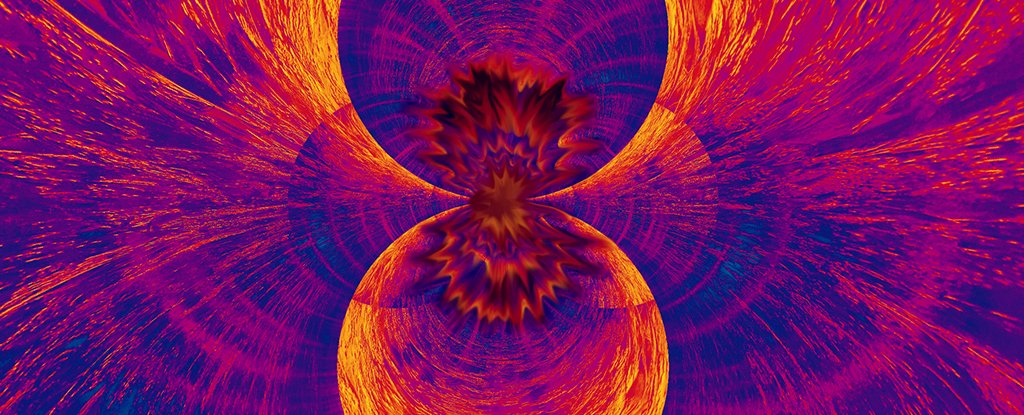
A year after all but ruling out the possibility, a pair of theoretical physicists from Japan and the Netherlands have found quantum entanglement has something fundamentally in common with the physics that drives steam engines.

For the first time, scientists have measured the positions of individual atoms in 3D space in a single image, opening up a new way of observing quantum interactions in materials.

Researchers have successfully extended the lifespan of time crystals, confirming a theoretical concept proposed by Frank Wilczek. This marks a significant step forward in quantum physics.

In a study that could help fill some holes in quantum theory, the U.S. team recreated a "quantum bomb tester" in a classical droplet test.

The scientists hope the breakthrough is the start of a new era. Though this experiment was performed with simple, two-atom molecules, they plan to work their way up to handling larger and more complex molecules.

International researchers have manipulated small numbers of bound photons, scattering off an artificial atom. This unprecedented achievement represents an important landmark in the development of quantum technologies.

The novel technique differs from the most familiar ways of keeping time because it is not anchored to a “time zero” that marks the start of a recorded period.

Using the powerful Relativistic Heavy Ion Collider (RHIC) in US. scientists have shown how it's possible to glean precise details on the arrangement of gold's protons and neutrons using a kind of quantum interference never before seen in an experiment.

The Nobel Prize for Physics 2022 has been awarded to three physicists working on quantum mechanics - Alain Aspect from France, John Clauser from the United States and Anton Zeilinger from Austria.

A new method for entwining the fates of fragments of light has overcome some serious obstacles on the road to photon-based quantum computing.

Physicists have just taken an amazing step towards quantum devices that sound like something out of science fiction.

Scientists have cooled a large, human-scale object to close to its motional ground state. The scientists say they now have a chance to observe the effect of gravity on a massive quantum object.

Each atom carries a small magnetic moment called spin. These spins influence each other. If you give one of them a push, they will start moving together in a very specific way. Atoms can feel each other.

A joint team of researchers was able to use quantum teleportation to send information over a distance of 44km. If successfully implemented, quantum internet would usher a new era of communication.

Inside a small metal box on a laboratory table in Vienna, physicists have engineered, perhaps, the quietest place on Earth. At this level of stillness, our conventional wisdom about motion breaks down, as the bizarre rules of quantum mechanics kick in.